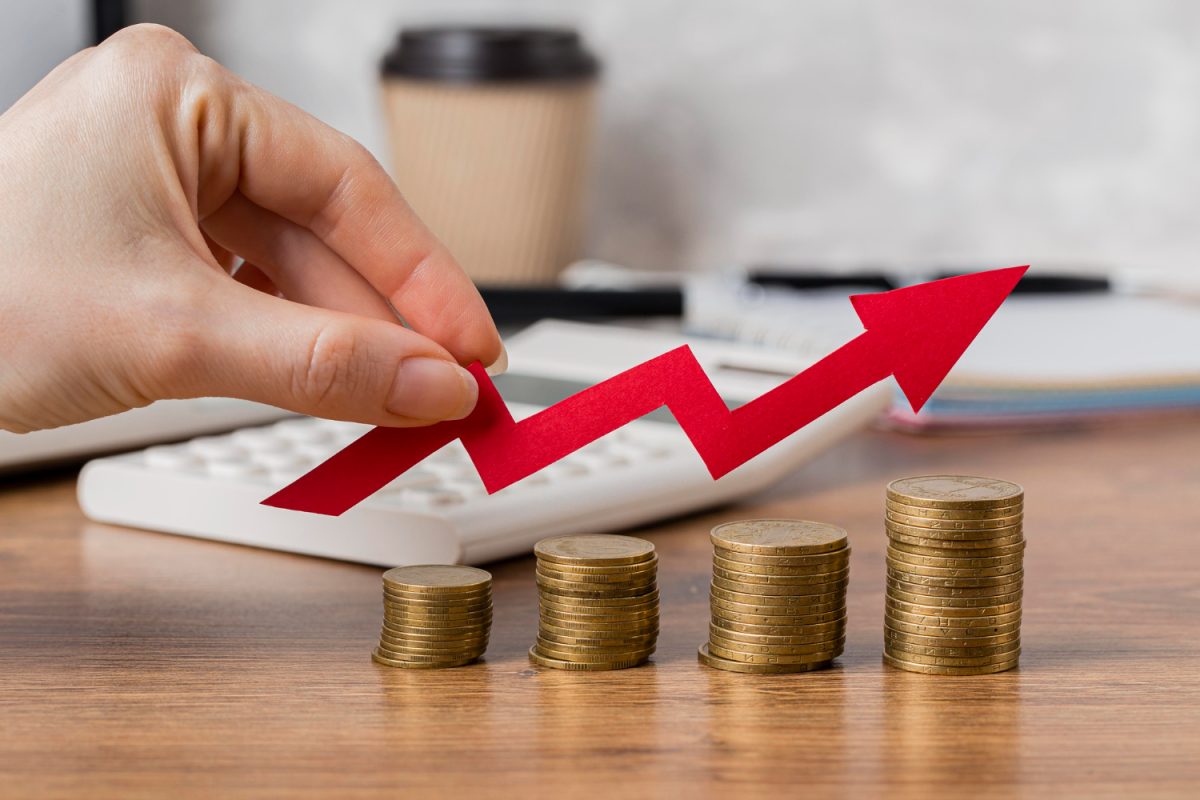Wholesale inflation in the United States showed a mild increase in July, indicating a persistent trend of alleviating inflationary pressures in contrast to the elevated levels observed in 2022.
According to the report from the Labor Department on Friday, the producer price index, a gauge of inflation before it impacts consumers, rose by 0.8% last month in comparison to July 2022. This follows a year-over-year uptick of 0.2% in June, which represented the smallest annual rise since August 2020.
On a month-to-month basis, producer prices experienced a 0.3% increase from June to July, marking a rise from the lack of change observed from May to June. This July surge stood as the most notable increase since January. The escalation in services prices, particularly related to investment portfolio management, primarily fueled the month-to-month rise in wholesale inflation. Additionally, wholesale meat prices exhibited a sharp upswing in July.
Analysts remarked that the July increase in wholesale prices, albeit from the preceding month’s lower levels, still reflects an ongoing trend of subdued inflation.
The figures provided by the Labor Department on Friday encapsulate prices set by manufacturers, farmers, and wholesalers. These figures can serve as an early indication of the pace at which consumer inflation might escalate in the upcoming months. Since its peak at 11.7% in March 2022, wholesale inflation has consistently receded, largely influenced by the Federal Reserve’s implementation of 11 interest rate hikes.
Excluding the more volatile food and energy prices, the “core” wholesale inflation increased by 2.4% in comparison to July 2022, mirroring the year-over-year rise reported for June. On a month-to-month basis, core producer prices recorded a 0.3% uptick from June to July, rebounding from the 0.1% decline witnessed from May to June.
In a report on Thursday, the government stated that consumer prices escalated by 3.3% in July when compared to the same period 12 months prior, a slight upturn from June’s year-over-year increase of 3%. Encouragingly, core consumer inflation exhibited a mere 0.2% increase from June, aligning with the smallest month-to-month upswing observed in nearly two years.
Across measurements, inflation has moderated over the past year, approaching the Federal Reserve’s target level of 2% yet still persistently remaining slightly above it. The decelerating pace of price hikes, coupled with a resilient job market, has fostered optimism that the Fed might achieve a delicate “soft landing,” tactfully raising rates to temper borrowing and tame inflation without inducing a harsh recession.
Many economists and market analysts speculate that the most recent rate hike by the Fed in July could potentially be its final adjustment. Prior to the Fed’s upcoming meeting on September 19-20, during which they will decide on further rate adjustments, the central bank will analyze several additional economic reports. These will include another monthly consumer price report, the latest reading of the Fed’s preferred inflation indicator, and the August employment report.
Inflation experienced a surge in 2021, driven by a surprisingly robust recovery from the pandemic-induced recession in 2020. By June 2022, consumer prices had risen by 9.1% in comparison to the previous year, marking the most significant jump in four decades. Much of this inflation was attributed to supply chain disruptions, with ports, factories, and freight centers overwhelmed by the rapid economic rebound.
This situation led to delays, shortages of components, and elevated prices. However, supply chain constraints have eased over the past year, substantially alleviating the upward pressure on goods prices. Notably, prices of durable manufactured goods even exhibited a decline in June.
Featured Image: Freepik @ Image by freepik









